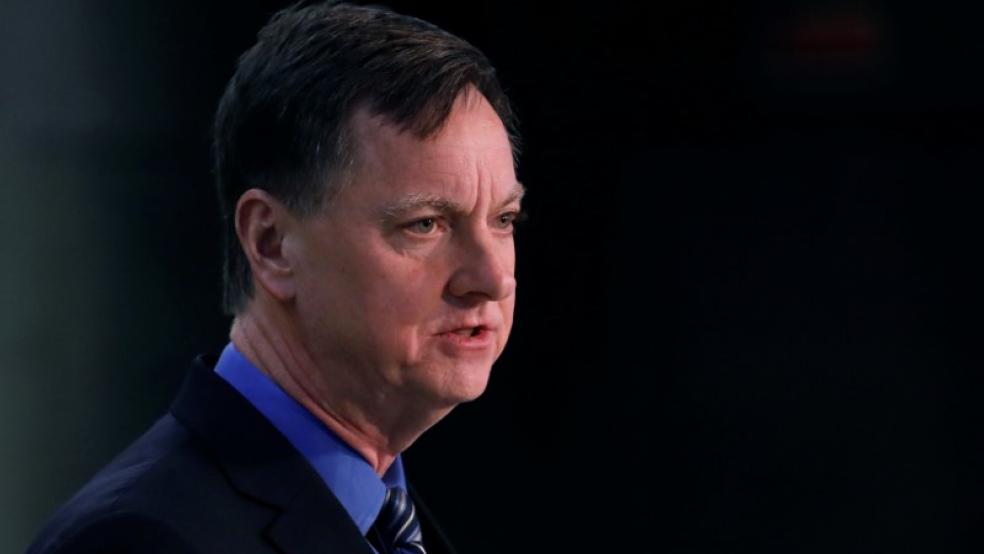While the U.S. economy, now at 4.4 percent unemployment, has returned to "essentially" full employment, inflation has run below the Fed's 2-percent target for a full eight years, Evans told a conference sponsored by the Bank of Japan and the Institute for Monetary and Economic Studies.
"I believe demonstrating a strong commitment to our objectives by trying harder to hit our symmetric inflation objective sooner rather than later is key to actually achieving this goal."Evans did not lay out exactly how that effort should translate into interest-rate policy, and he did not give any new forecasts for the U.S. economic outlook. But Evans, who votes on U.S. monetary policy this year under a rotating voting system, hinted his preference is for a slow path of rate hikes. He argued that conservative central bankers are more worried than they should be that their "soft-hearted" colleagues will try to keep unemployment unsustainably low, and to compensate for "this misreading ... conservative central bankers (would) pursue overly restrictive conditions on average and deliver lower-than-optimal inflation," Evans said."To state this a bit differently, conservative central bankers will find it difficult to ever deliver inflation above the policy objective." If the inflation target becomes a ceiling in this way, he said, it will be increasingly difficult to meet it.He also pointed to research, published earlier this week by several of his co-authors, that suggests the central bank should go even slower on rate hikes than might otherwise be called for. With interest rates still below 1 percent, the next shock could force the Fed to slash rates to zero and pursue strategies like bond-buying to deliver the stimulus the economy needs, even though such strategies are not as sure-fire as rate cuts and are controversial to boot.To reduce that risk, the researchers argued, the Fed may need to raise rates extremely slowly not just this year and next but until rates are back to their long-run norm of 3 percent. Though the models used are "stylized," Evans said, they do suggest the Fed ought to use risk management - which has been code for slow, if any, rate hikes - for "some time" to come. (Reporting by Ann Saphir; Editing by Chris Reese)Fed's Evans sees serious policy miss on U.S. inflation

Nir Elias



